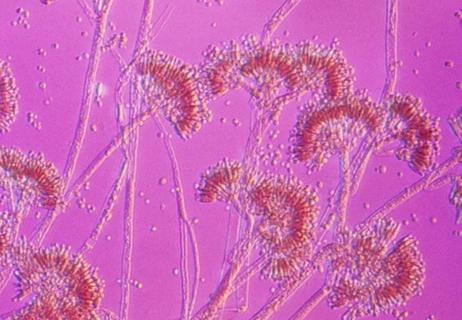Cleveland Clinic allergist and immunologist weighs in on its benefits and limitations

In early 2020, the FDA approved Palforzia, an oral immunotherapy drug designed to control allergic reactions to peanut allergies. This is the first approved treatment of its kind that is indicated to prevent anaphylaxis in patients who have experienced accidental exposure to a peanut.
Cleveland Clinic is a non-profit academic medical center. Advertising on our site helps support our mission. We do not endorse non-Cleveland Clinic products or services. Policy
Emphasizing its paradigm-shifting potential in the treatment of food allergy, allergist and immunologist Sandra Hong, MD, notes, “While patients are advised to continue a peanut-avoidant diet, this is the first time we are able to proactively treat and potentially prevent a life-threatening allergic reaction to peanut.” Dr. Hong is also Director of Cleveland Clinic’s new Food Allergy Center of Excellence, the first in northern Ohio.
Patients between the ages of 4 and 17 with a confirmed peanut allergy diagnosis are potential candidates for Palforzia. After the initial dose, which is administered in a doctor’s office, the patient will need to return for up-dosing every two weeks until they reach their maximum dosage at about six months. But even after reaching the maximum dosage, maintenance is required for months, years and, in some cases, indefinitely.
“It’s important to note,” says Dr. Hong, “patients can still have an allergic reaction, even after they have been tolerating it for a while, so patients and families must absolutely continue to practice allergy preparedness.” She emphasizes that families must be committed to taking the drug regularly because stopping the regimen for any period of time can affect the efficacy of the drug.
The drug’s effectiveness was supported by a randomized, double-blind, placebo-controlled study conducted in approximately 500 participants with known peanut allergies. To assess efficacy, participants were evaluated following a 600 mg dose of peanut protein (twice the daily maintenance dose of Palforzia) after six months of maintenance treatment. Findings showed that 67.2% of Palforzia recipients tolerated this dose, as compared to 4% of placebo recipients.1
The drug’s safety profile was assessed in two separate double-blind, placebo-controlled studies with approximately 700 peanut-allergy participants. According to the FDA, “the most commonly reported side effects of Palforzia were “abdominal pain, vomiting, nausea, tingling in the mouth, itching (including in the mouth and ears), cough, runny nose, throat irritation and tightness, hives, wheezing and shortness of breath and anaphylaxis.” 1
Putting it in context, Dr. Hong notes, “This isn’t to say that patients can’t have reactions while on this medication, but studies have demonstrated that with improved tolerance, symptoms that may have once been life-threatening are only presenting as mild to moderate.”
In addition to age, there are other important considerations for clinicians when prescribing Palforzia. The drug is not advised for patients with uncontrolled asthma or patients and/or family members who may have heightened anxiety about its potential side effects (to the extent that it impacts their quality of life).
Clinicians should also be mindful of patient-reported side effects. It’s not uncommon for some patients to react with an episode of vomiting a few hours after taking the drug. Excessive upset stomach, however, is not considered a common side effect and may lead to eosinophilic esophagitis. Further, if a patient does experience an anaphylactic response to the drug, families should be advised to let providers know right away to minimize the next dose.
Cleveland Clinic’s Food Allergy Center, which opened in February 2020, offers Palforzia and other cutting-edge oral immunotherapy for selected patients with certain allergies. While peanut-allergic patients are a large part of the center’s patient population, Dr. Hong says they treat patients with all different types of food-induced reactions. She also stresses that the center’s unique multidisciplinary approach includes more than pharmacological therapy to address the dimensions of food allergy.
“We have a pediatric psychologist embedded in the center because food allergies can, understandably, be incredibly anxiety-inducing for children,” says Dr. Hong. “When they become teenagers, they are more likely to engage in risky behavior and may be more willing to take a chance, for example, if they are out at a restaurant or at a party with friends.”
For peanut allergy, specifically, Dr. Hong is hopeful that oral immunotherapies, like Palforzia, represent a shift in what has been a reactive treatment paradigm. “For certain patients, we can be more proactive in their peanut allergy care. We are hopeful that this opens the door to even more lifesaving food allergy treatments.”

A detailed clinical history should be obtained directly from patients to determine their risk of penicillin

A new framework for a successful step-down

19 in 20 will not have an allergic reaction

Mechanism likely related to reduced capacity for release of leukotrienes

A review of conservative, pressure-based and surgical treatments for OSA

A review of IDSA and NIH guidelines

Volatile organic compounds have potential in heart failure diagnostics

Caregivers are provided with real-time bronchoscopy patient findings